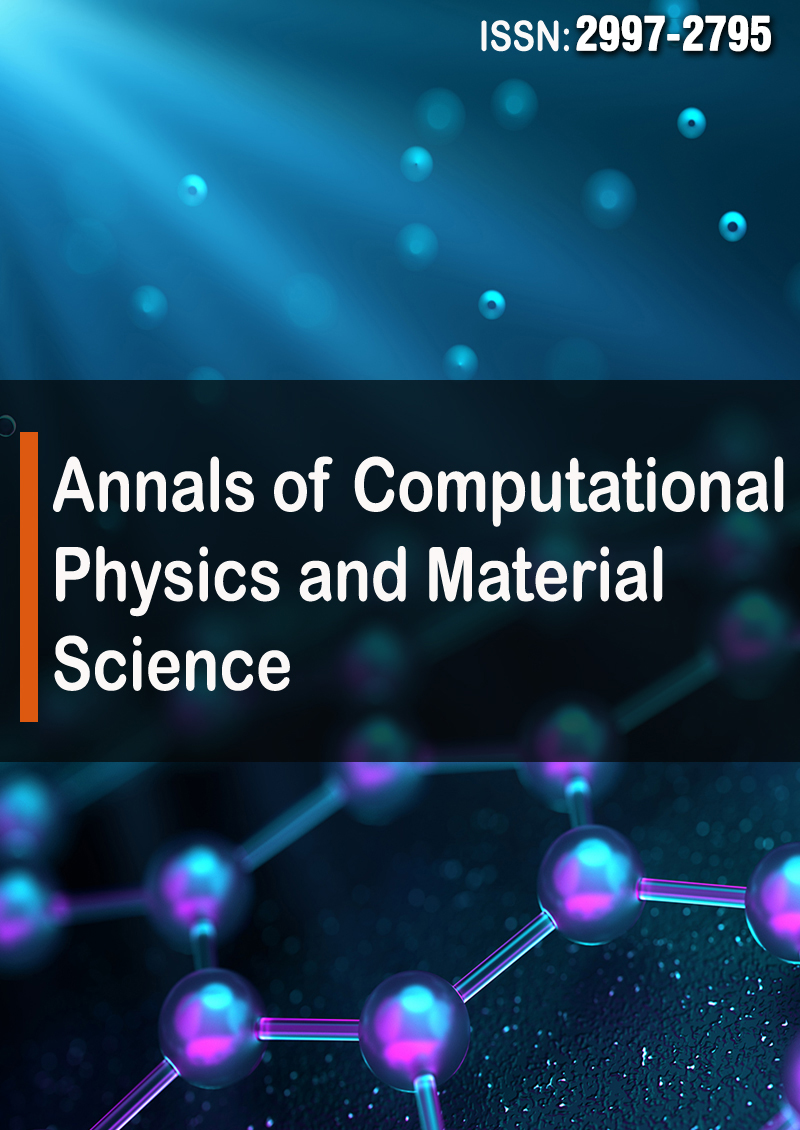A Two-Dimensional Time to Reconcile Quantum Theory and General Relativity
Abstract
Augustin ROUSSELET
Currently, modern physics considers space-time in 4 dimensions (3 spatial, and 1 temporal) and is facing the problem of unifying the two major theories: quantum theory and general relativity. To circumvent the obstacles to this unification, we propose to think of a space with 5 Dimensions (3 spatial, 2 temporal). We thus make the hypothesis of a decomposable time in a two-dimensional orthonormal space, just like a distance is decomposable in a 3-dimensional space:
First Dimension: The classical time T that we know, that of mass in the sense of intuitive perception, but in fact that of matter, or “corpuscular” time and therefore our reference time in our perceived reality. In our thought experiment, this will be the time T of the macroscopic observer (Thought Experiment)
Second Dimension: Quantum time T �? Which is imperceptible to us and only intervenes at the microscopic level.
Thought Experiment: The following thought experiment has no physical value, but is simply the thought experiment that originally led me to establish the hypothesis for this work. It led me to imagine a similarity between quantum mechanics and general relativity. It is therefore a thought experiment that I use only for the purpose of popularization, and not for its physical reality in itself.
Suppose the following thought experiment:
• A traveler on the horizon of a black hole or at the speed of light (which is not in practice Not possible);
• For him, things are going normally, and he can move. For example, he can raise his hand.
• An observer is on Earth, for him the traveler's time is fixed according to General Relativity (whether on the horizon of the black hole or at the speed of light), so for the observer the traveler cannot move since its time does not move.
• Yet the traveler who goes at the speed of light or on the horizon of the black hole has moved his hand.
We therefore have an inconsistency:
• For the traveler, he raised his hand.
• For the observer after the same second, the traveler was unable to move his hand, because his time is frozen.
Question: what does the observer see?
What if the observer saw one of the hand positions statistically?
Note: this thought experiment is questionable since a human cannot go at the speed of light, and technically, a traveler cannot "stay" on the black hole horizon unless going at the speed of light. light. But that's not the point.
Conclusion of the Thought Experiment This thought experiment seemed to me to be analogous to the notion of wave packet reduction or rather, the parallel of the reduction of the wave packet of a quantum particle in the interpretation of the classical world, it made me think that a mass object which would have a purely quantum energy (which is impossible once again times), would also have a statistical perception of its shape. This is where the idea of quantum time was born.
The time of any system is therefore the time T �? which is the component of its two temporal dimensions T and T �?. The proper time of any system is then defined by T�? =√(T2 + T �?2 ).
We will show in this work that this conception of time makes it possible to integrate the mathematical models of Quantum Physics and General Relativity into a broader theoretical framework which retains the results of each of them whenapplied in their field of validity. We will first verify that the formalism of these two major theories is compatible with the framework that is proposed, then that the interpretation of quantum phenomena is also consistent with the results, with in particular the role of measurement. Then we will verify that the major open questions of current physics (dark matter, dark energy, preponderance of matter over antimatter, the vacuum catastrophe) also find an answer or possible answers in this new theoretical framework. Finally, specific fields of physics such as superconductivity or superfluidity and even the Big Bang are approached to open a newlook at these phenomena in this new theoretical framework.



